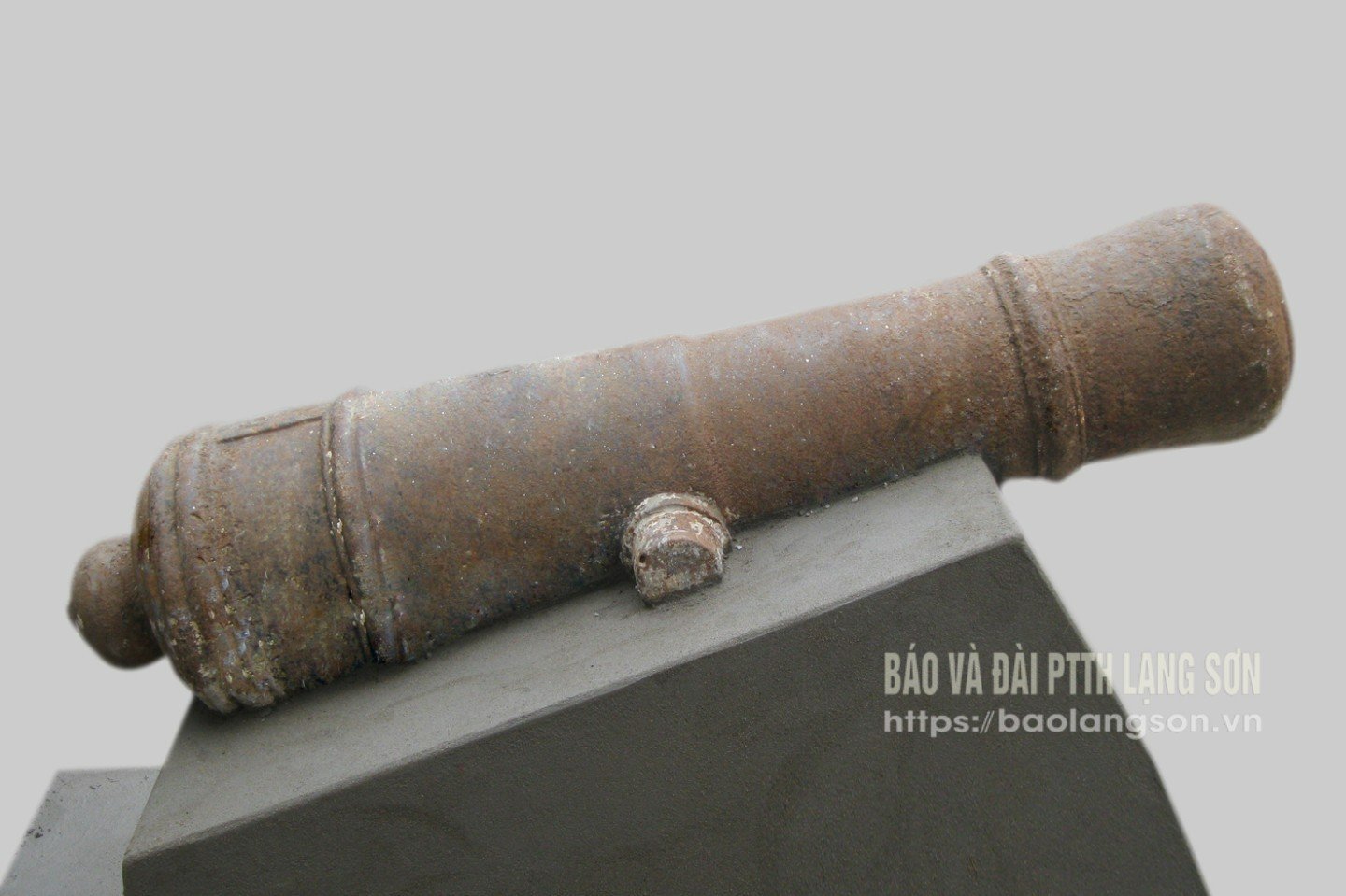
Around the early 90s of the 20th century, scattered in the area near the gate of Lang Son citadel (Doan Thanh), we often saw large guns. These were cannons made of cast iron, 125 cm long, weighing about 400 kg. The gun consisted of 3 parts: the barrel, the body and the tail (the rear block). The body and barrel tapered towards the mouth, the mouth was slightly flared, the diameter of the mouth was 26 cm, the diameter of the largest belt on the gun body was 30 cm. In the middle of the gun, there were two symmetrical straps used to support the gun on the base as a rotating axis. At the end of the barrel, there was a line of Chinese characters arranged vertically: "Minh Menh Thap Tam Nien Tao" (made in the 13th year of Minh Menh - ie 1832). On the gun body, there was a circular ignition hole. The tail of the gun was hemispherical in shape, with a stepped shape, the end point being a small spherical knob. Since 1994, the Provincial Museum has brought a number of guns back for preservation and display. Currently, Lang Son province still retains 5 guns of this type.
Cannons are the main weapons equipped for defense and combat. The large cast iron gun is often called the Cardinal gun. With its majestic, imposing appearance, cast in the king's year, the gun is also an object showing the authority of the king and the court. Under the reign of Minh Mang (1820-1840), cannons were manufactured in very large quantities. Immediately after implementing the administrative reform (1831), with the aim of building a strong nation, the king actively cared for and developed the country comprehensively in all fields. In terms of military , security and defense, the king was very interested in building and consolidating citadels and passes to defend and protect the country. The book Dai Nam Thuc Luc Chinh Bien - Quoc Su Quan of the Nguyen Dynasty (volume 4, Education Publishing House, 2007) recorded the king's words: "Establishing citadels is to maintain the border and strictly guard". At the same time, the king also regulated the construction of citadels in the provinces according to unified standards. Realizing that Lang Son was a key and important land, in February 1832, the king agreed to repair and rebuild Lang Son citadel at the request of Lang Governor - Binh Hoang Van Quyen. The purpose was to "make the citadel, considered as a fence protecting the country, become majestic and show off the dangerous natural terrain". After that, Lang Son citadel was repaired many times in 1832 and 1835. In 1836, the citadel was built together with Tho Son citadel to create a more closed position. Since then, Doan Thanh has become larger, more solid, and more and more solid. The remaining architecture of the citadel today is a vestige of the 1832 restoration.
Along with the building of the citadel, the king organized the army more and more systematically. The army in Lang Son at this time consisted of two bases: Lang Hung and Lang Dung; three teams: Lang Son, Phao Thu, Tuan Thanh. Right from the first years after its establishment, Doan Thanh had to face attacks from the insurgents and bandits of the Qing Dynasty from across the border... In particular, in September 1833, the insurgents of Nong Van Van (Tri Chau Bao Lac - Cao Bang ) after capturing Cao Bang citadel moved down to besiege Lang Son citadel. King Minh Mang had to send good generals and elite soldiers from various places to quell the riots. To prepare and strengthen the army, from 1832 to 1835, the king repeatedly changed the decision to place large guns in the provinces and cities, and equipped more weapons for the soldiers stationed there. In March 1834, the provinces were equipped with more high-class horse guns, Lang Son received 20, each gun had 100 bullets. In April of the 15th year of Minh Mang (1834), it was stipulated to place large guns in the citadels, in which three provinces: Cao Bang, Lang Son, Quang Yen were each given "1 bronze gun of Phach Son, 2 cast iron guns of Phach Son, 8 cast iron guns of Hong Y, 10 bronze guns of Qua Son" (Dai Nam Thuc Luc Chinh Bien). The above cannons must have been equipped to protect Lang Son citadel at that time. The increase of modern guns for combat and protection of the citadel demonstrated the efforts and determination of the Vietnamese feudal government in keeping the country's borders peaceful. Besides, with its position as the headquarters of the feudal government in the northernmost part of the country, Lang Son citadel was also the place where diplomatic activities between Vietnam and China took place over the centuries. The cannons at the Doan Thanh gate during the Minh Mang period also symbolized the strength of the army and the stability of the feudal government here.
After more than 200 years of existence, the Minh Mang cannon has become a valuable antique with many values. With a history of hundreds of years, there are not many relics associated with Lang Son ancient citadel left. Therefore, the Minh Mang cannon made in 1832 has become a valuable cultural heritage of the province. It is a relic that demonstrates the period of building and protecting the homeland in the years after the province was founded.
Source: https://baolangson.vn/nhung-khau-sung-than-cong-bao-ve-thanh-lang-son-thoi-minh-mang-5063548.html








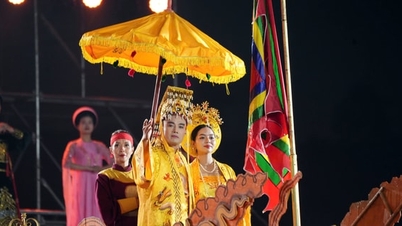


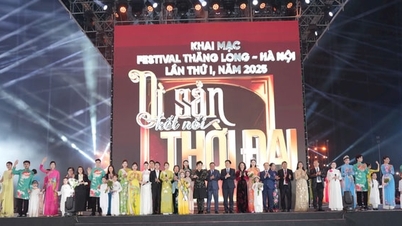
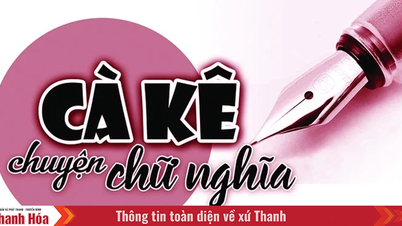

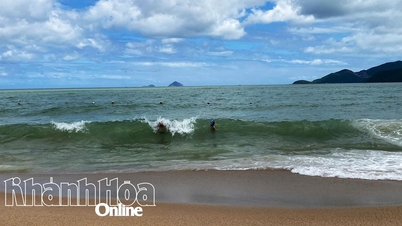








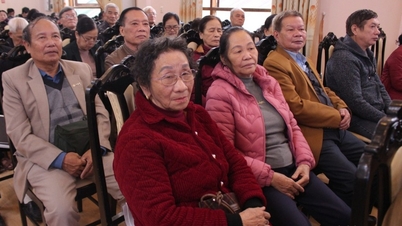



![[Photo] Da Nang: Hundreds of people join hands to clean up a vital tourist route after storm No. 13](https://vphoto.vietnam.vn/thumb/1200x675/vietnam/resource/IMAGE/2025/11/07/1762491638903_image-3-1353-jpg.webp)






















































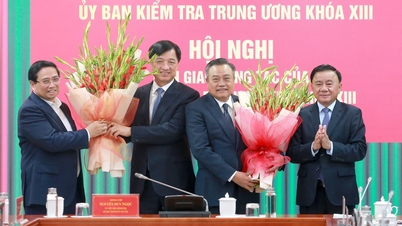








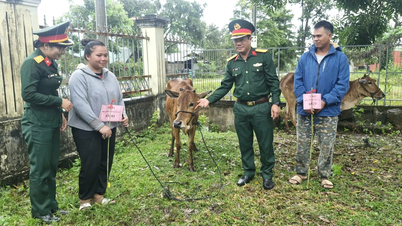


















Comment (0)